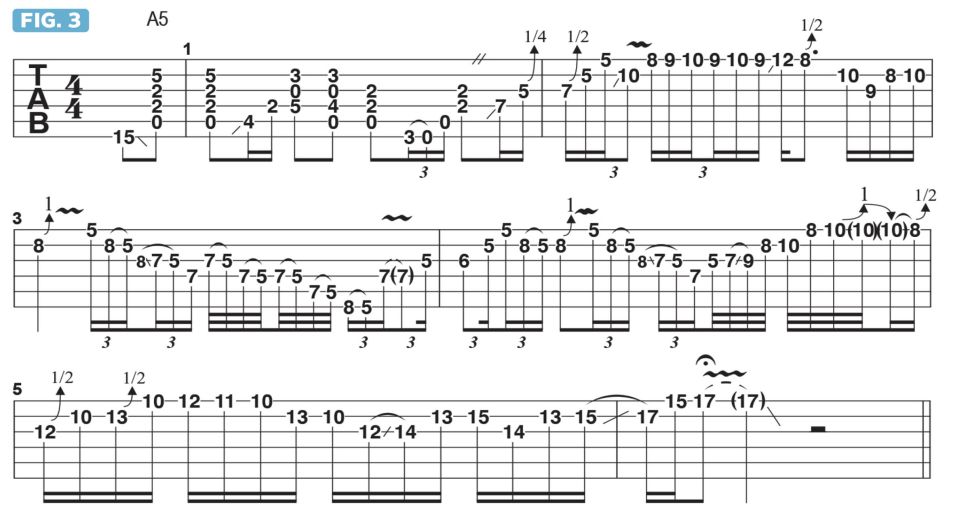
“I wanted to see if I had matured musically over the years, and if I had gotten better as a player.” – Joe Bonamassa
Joe Bonamassa reflects on his playing 20 years ago and what you can learn from it
Next year marks the 20th anniversary of the release of an album that is still my biggest seller, Blues Deluxe, which was when I was a wee 26 years old.
The album is a collection of cover songs and also includes four original compositions, including the track Woke Up Dreaming, which, to this day, I still perform at almost every show. I thought it would be cool to revisit the approach I used for that album to record what will soon be released as Blues Deluxe, Vol. 2.
I’ve recorded a whole new batch of cover material for this record. We did some Bobby “Blue” Bland stuff, a couple of Fleetwood Mac songs (from the original Peter Green incarnation), plus some Bobby Parker and a variety of other stuff.
Part of my approach to these new recordings was that I wanted to see if I had matured musically over the years, and if I had gotten better as a player.
I’m happy to say that I am a much better singer than I was 20 years ago, though I still don’t really consider myself to be a legit “singer,” although I can now carry a tune a little better than I could back then.
One primary objective was to curtail the propensity to “overplay” when it’s not warranted. As an overall approach, my thought process was to “divide by two,” or even three, in terms of the number of notes and fast phrases and I might jam into a handful of consecutive bars.
For example, in a live improvisation situation, at one time I might have played something along the lines of Figure 1.
Played in the key of B, with phrases based around B minor pentatonic (B, D, E, F#, A) and B major pentatonic (B, C#, D#, F#, G#), the lines are fast and include lots of notes crammed into each phrase.
In contrast, I wouldn’t play phrases like that on the Blues Deluxe, Vol. 2 record and would instead be more apt to play something along the lines of Figure 2.
Still based around the same scales, the phraseology here is a bit slower and more deliberate, both rhythmically and melodically.
Here, just about everything is played in straight 16th notes and with a focus on a strong connection between my solo lines and the groove of the rhythm section.
Tone-wise, I decided to lean more heavily on my guitar’s neck pickup while boosting the treble a bit on my amp. If I did use my bridge pickup, I’d roll its tone control down a bit, to take some of the aggression out of the tone and utilize a rounder sound.
Bars 1-3 of Figure 3 offer an example of what I might play when using this type of tone, followed in bars 4-6 with a switch back to the neck pickup.

What I was finding was that I could keep both pickups on, and with the treble pickup set a little lower than the neck, the tone would weigh toward the sound of the neck pickup, as illustrated with the lines in Figure 4.
Those two elements – “dividing by two” in the phrasing, and blending the pickups in different ways – was the approach I took for the new tracks recorded for Blues Deluxe, Vol. 2. I hope you enjoy them.
To stay on top on all things about Joe, be sure that you sign up for Our Newsletter and Joe’s Social Media Sites to make sure you have the most up to date information.
© All Rights Reserved | Joe Bonamassa | Shop | Privacy Policy | Contact | Subscribe to Joe’s Newsletter




